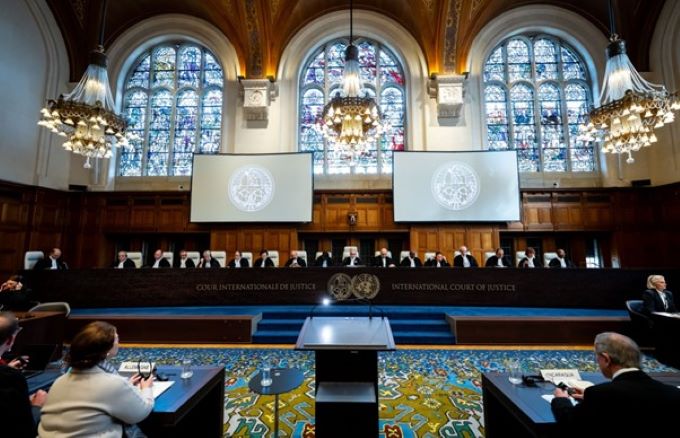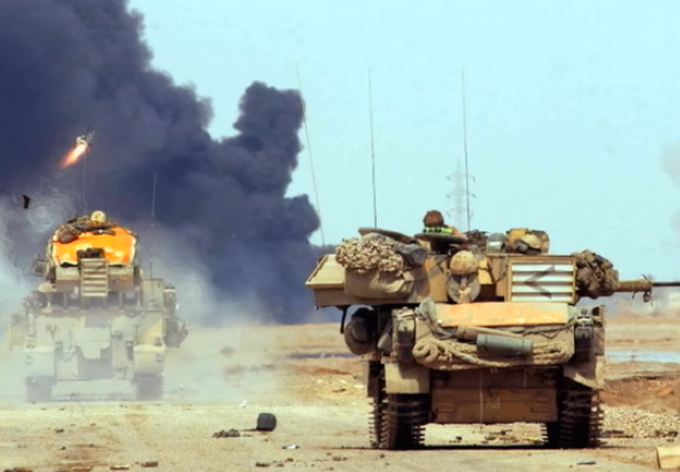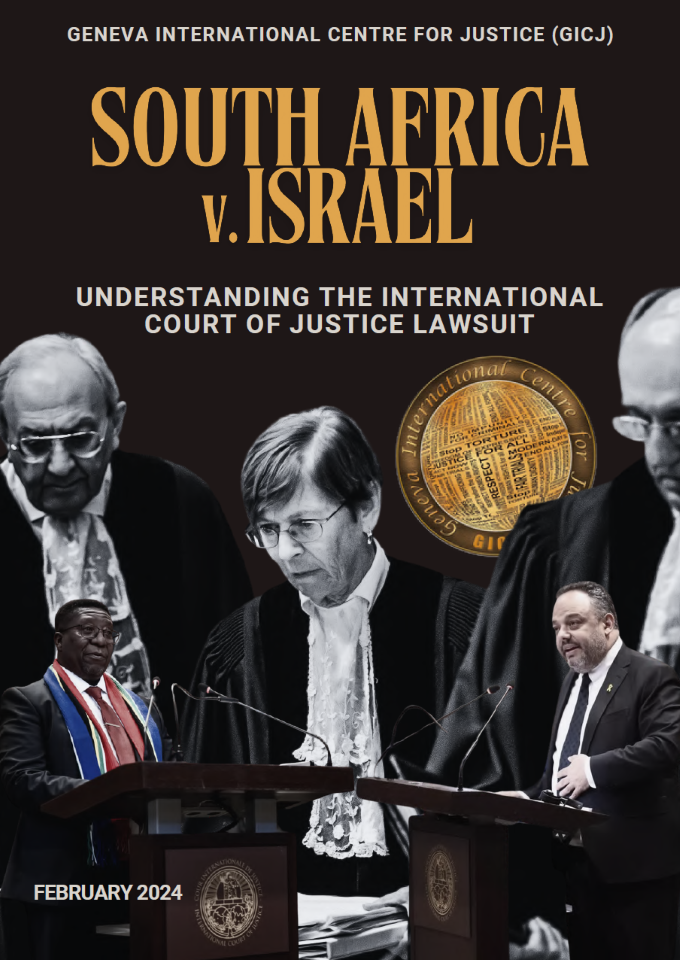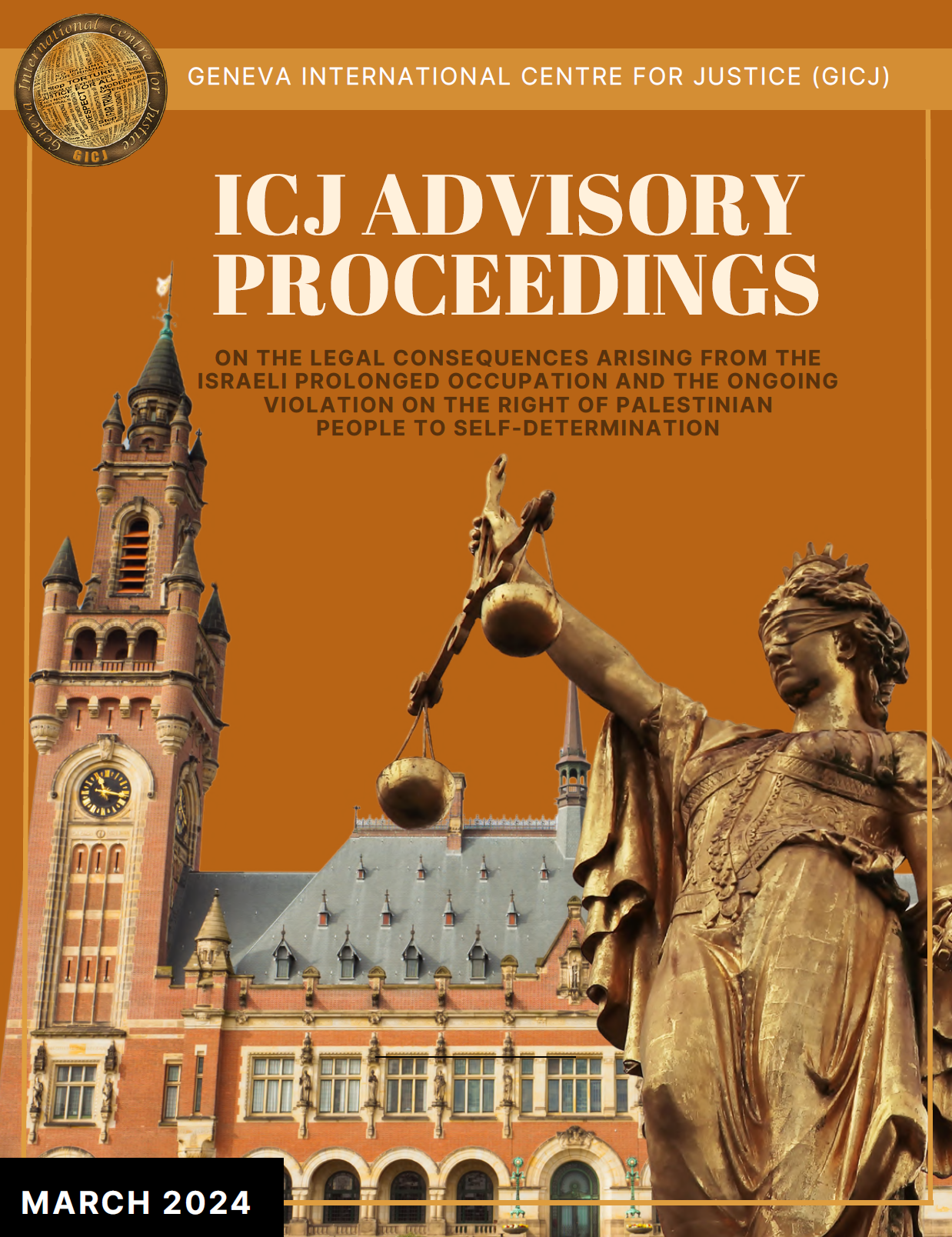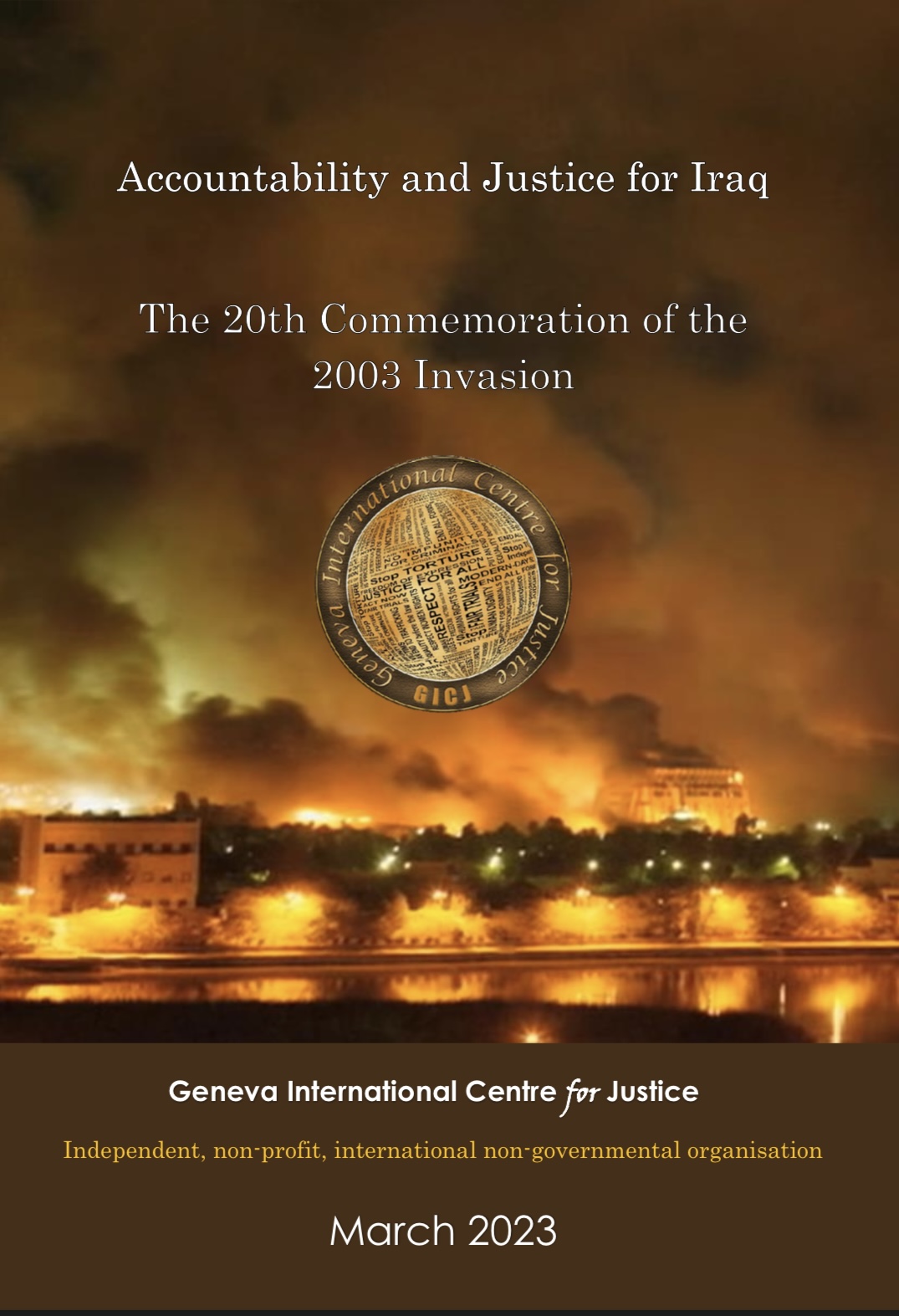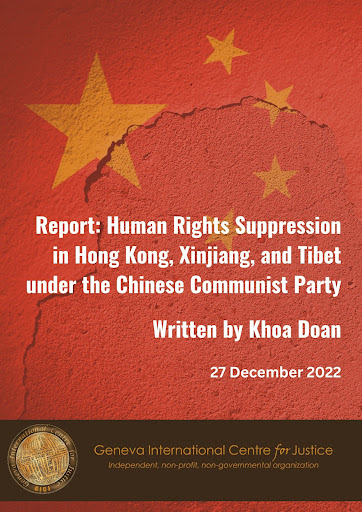
By Kiyana Newell / GICJ
Introduction
Demonstrators are still being detained in Iran four months after the murder of Masha Amini. Videos sent to human rights organisations show with clarity that protests are continuously being met with violence, intimidation, and in some cases, death in the Sistan-Baluchestan Province [1]. Although protestors are devoted to demonstrating, injudicious arrests leading to mass detentions nationwide have taken a physical and emotional toll. Protesters have reported that they have been tortured, drugged, or sexually assaulted when detained and left traumatised afterward.
Background
The protest movement began in mid-September 2022 when Mahsa Amini, a 22 year old Iranian Kurdish woman, died in police custody. Amini was arrested in Tehran for ‘inappropriate attire’ on the 13th of September and died three days later on the 16th of September [2]. The coroner who examined Amini expressed that her death was due to underlying diseases and not due to the brutal actions of the morality police [3]. As a result, thousands of demonstrators protested nationwide over the harsh rules on women's dress and the brutishness of security forces.
Twenty thousand people have been arrested in Iran after four months following Amini's death. More than 500 were killed during the nationwide unrest, including 70 minors. Moreover, the Sistan-Baluchestan Province, located in southeastern Iran, is currently considered one of the biggest centres for protests and the deadliest [4]. Video evidence shows security forces have carried out arbitrary arrests, beatings, and in some cases, opening fire on civilians to satiate protests.
Protests in the Sistan-Baluchestan Province
In Zahedan, protests have occurred every Friday since "Bloody Friday," Where at least 66 people were killed in the provincial capital on the 30th of September 2022. "There has not been a single Friday where people have not expressed themselves on the streets," according to local reports. Now Zahedan holds the largest protests in Iran. Since the 28th of October, security forces have killed at least 29 people during the Friday protests [5].
On the 4th of November, In Khash, 110 miles away from Zahedan, a video that was released and verified showed a crowd of men and boys in front of a local government office protesting when gunfire is heard in the video; four people are seen within the video motionless. Reportedly, 18 people were killed, including four minors [6].
Treatment of Detained Protestors
The plight of detained protestors is brutal and harsh. Even when released from detentions, protesters still live in fear of security forces. For example, an engineer from northern Iran reported that his home was raided because of an Instagram post he shared and his participation in anti-government protests. As a result, the engineer says he has avoided protests to protect his loved ones [7].
A woman from Sanandaj says that security forces have used sexual violence and beating to intimidate people from protesting. When she arrived at the prison, she saw at least 70 women showing signs of beatings [8]. The United Nations human rights office is concerned about the treatment of detained protesters, and the Iranian government has not commented on the claims so far [9].
So-Called Amnesty
On the 5th of February 2023, Iran's supreme leader, Ayatollah Ali Khamenei, claimed that he will pardon tens of thousands of prisoners from those arrested in recent protests in honour of the anniversary of the 1979 Islamic Revolution.
The pardon is strictly conditional and does not include those facing charges of spying for foreign agencies, having direct contact with foreign agents, committing intentional murder and injury, committing destruction and arson of state property. Those who also do not express regret for their activities will not be released. [10]
Due to many conditions there has been criticism that the proposals will not be realised. The announcement of Iran’s amnesty is more clearly a posturing motion to improve Iran’s global image. The women and men involved in anti-government protests, will continue to remain in prison and face brutality for the time being, whilst the world’s attention is diverted.
Geneva International Centre for Justice (GICJ) strongly condemns the brutal actions and oppression of the Iranian government. We encourage Iran to let protests continue without killing or violence from security forces and ask the international community to focus on protestors' right to demonstrate. Regarding the amnesty, for real change in Iran, they must first put in place measures to ensure accountability for the harm caused by law enforcement bodies and seek justice for victims of brutality. We urge the government to hear the protestor's demands and enforce change to protect all citizens from torture and the freedoms of expression, assembly, and peaceful protests.
Iran,Protests, Human Rights, Justice, Human Rights, Geneva, geneva4justice, GICJ, Geneva International Centre For Justice
References
[1] https://www.washingtonpost.com/world/2023/02/02/iran-protests-government/
[2] https://www.washingtonpost.com/world/2022/09/25/iran-protests-mahsa-amini/
[3] https://www.washingtonpost.com/world/2022/09/25/iran-protests-mahsa-amini/
[4] https://www.washingtonpost.com/world/2023/02/02/iran-protests-government/
[5] https://www.washingtonpost.com/world/2023/02/02/iran-protests-government/
[6] https://www.washingtonpost.com/world/2023/02/02/iran-protests-government/
[7] https://www.washingtonpost.com/world/2023/02/06/iran-protests-arrests-mahsa-amini/
[8]https://www.theguardian.com/global-development/2023/feb/06/iran-protesters-police-rapes-beatings-and-torture
[9]https://www.aljazeera.com/news/2022/10/28/iran-protests-continue-as-un-concerned-at-detainees-treatment
[10]https://www.aljazeera.com/news/2023/2/5/iran-supreme-leader-pardons-tens-of-thousands-of-prisoners
Image source: https://www.pexels.com/photo/crowd-of-people-protesting-on-street-holding-flags-and-posters-14136859/





